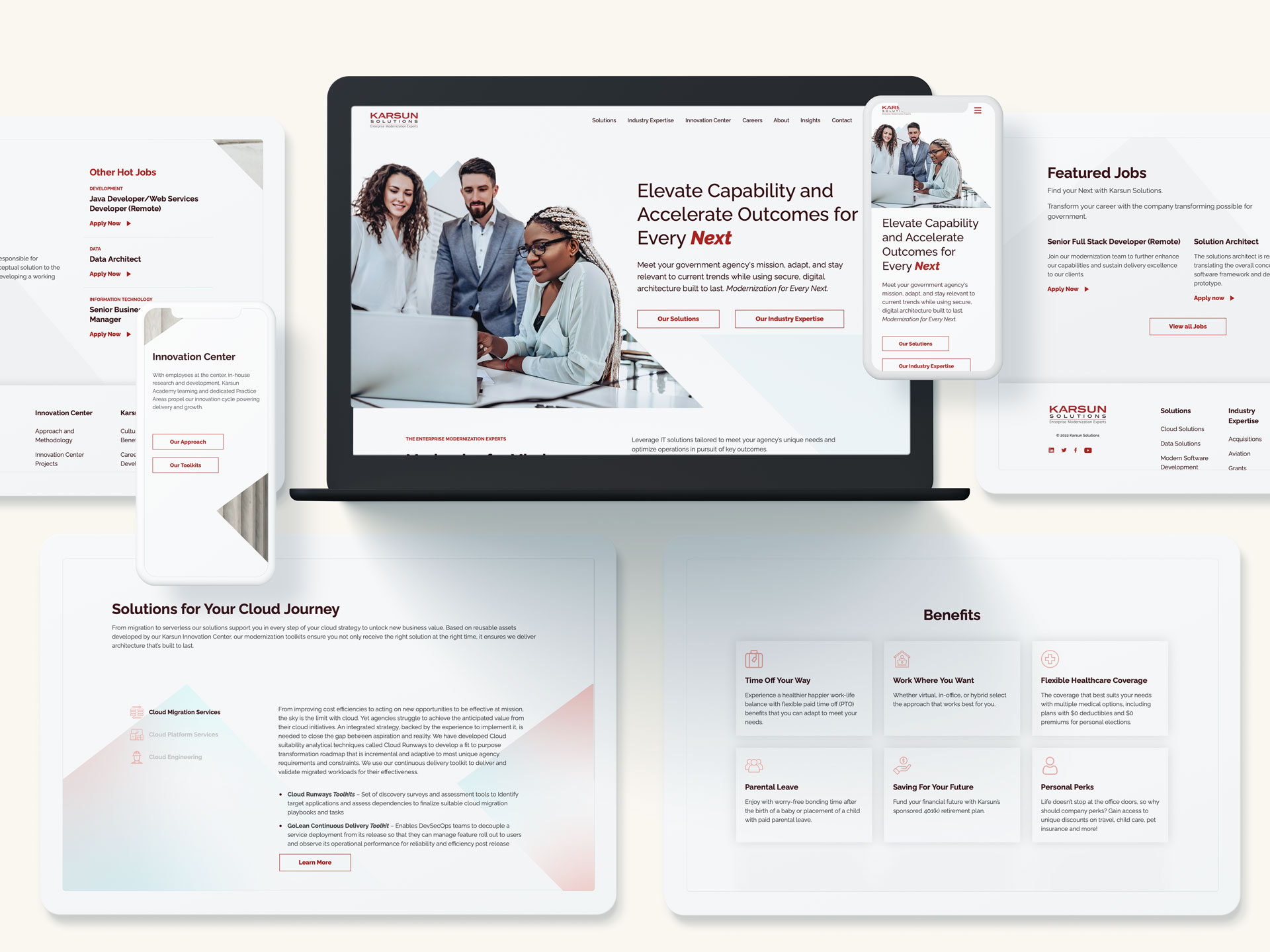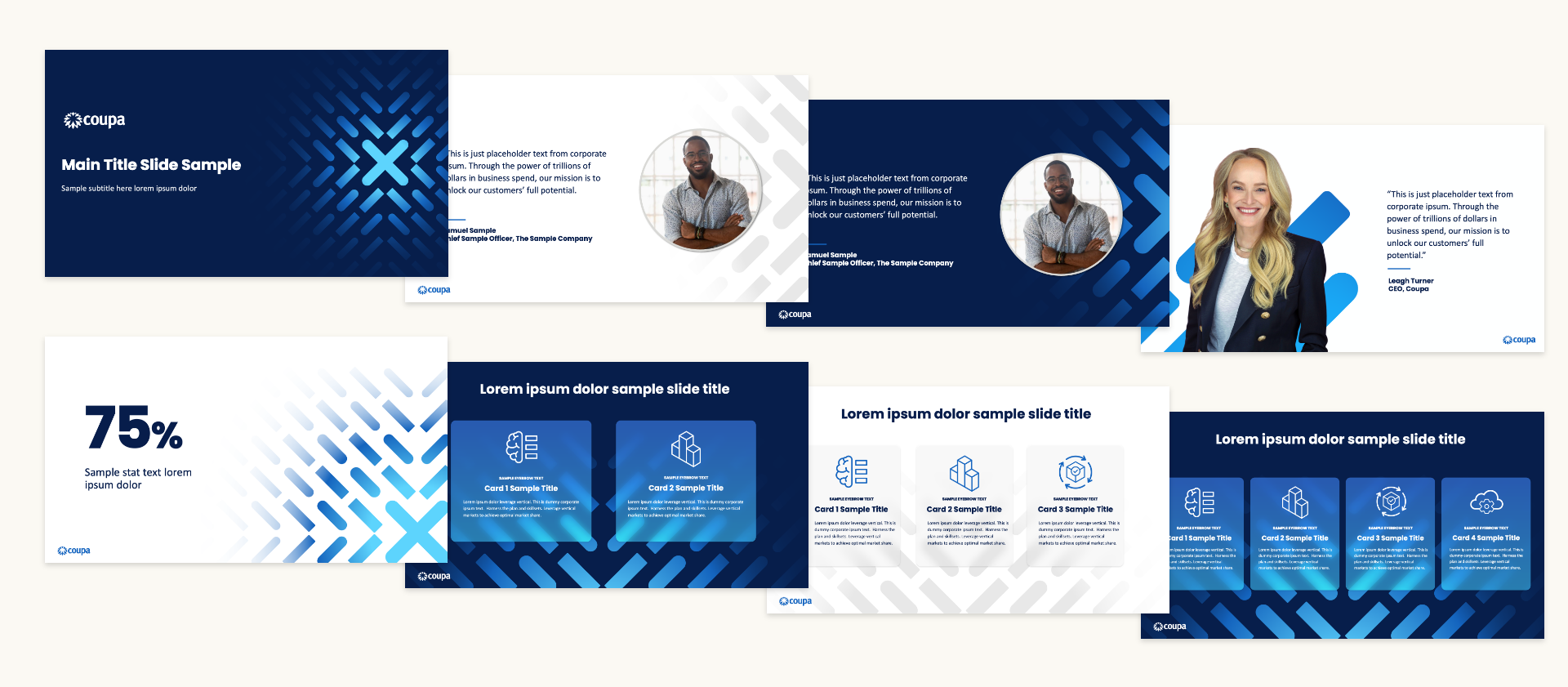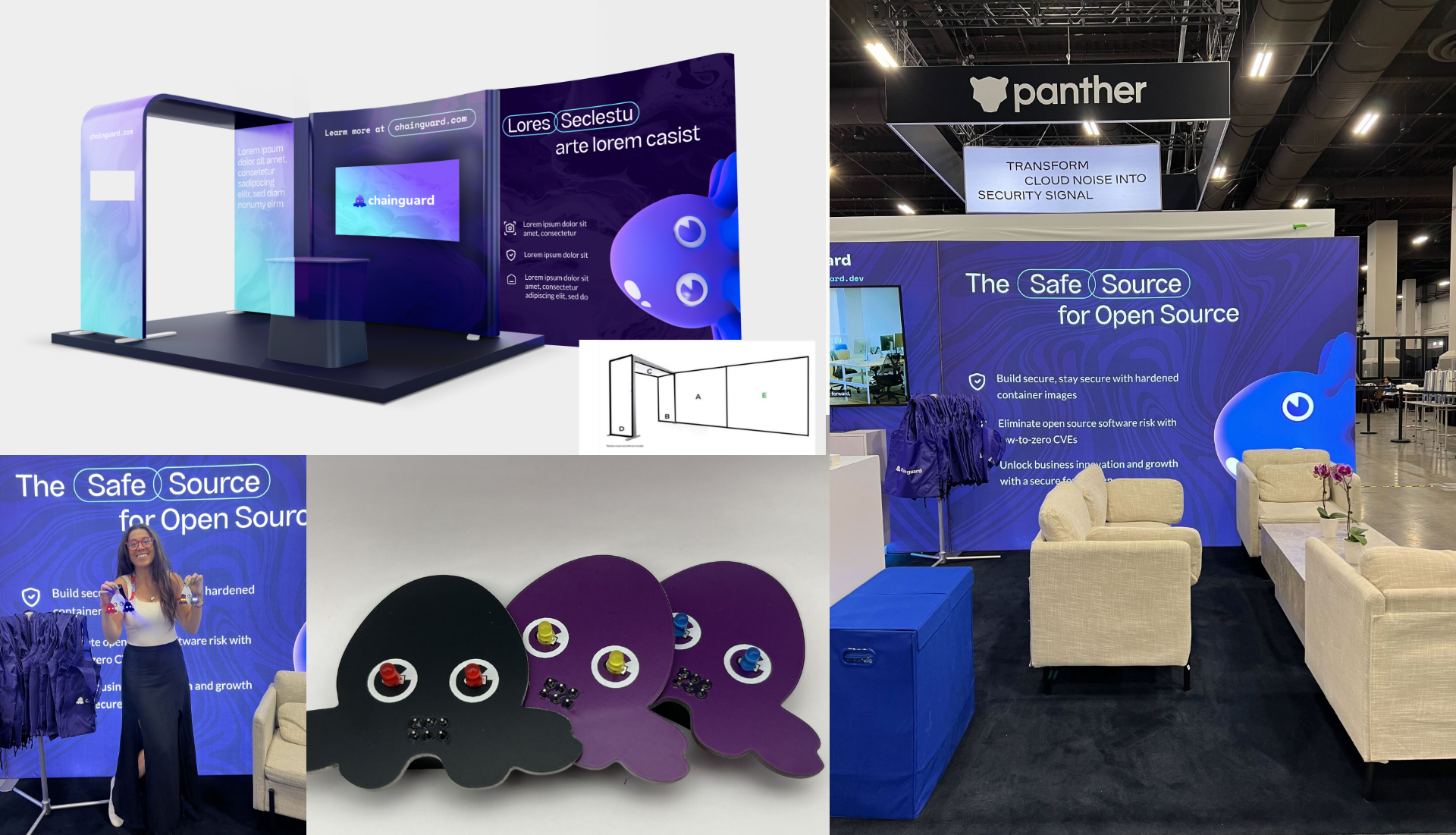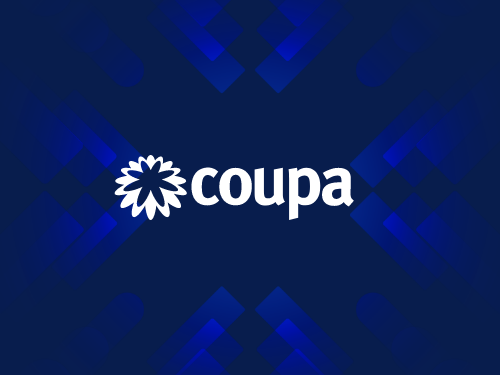In today’s competitive job market, employer branding has become a critical factor in attracting and retaining top talent. As we enter 2025, the expectations of job seekers continue to evolve, making it essential for companies to refine their employer branding strategies. From a compelling employer value proposition (EVP) to innovative digital engagement, this blog explores the key marketing strategies businesses should implement to stand out as an employer of choice.
Understanding Modern Workforce Expectations
The modern workforce prioritizes more than just salary and benefits. Key factors influencing employer perception include:
- Flexibility: Remote work and hybrid models remain highly desirable.
- Diversity, Equity, and Inclusion (DEI): Job seekers value companies with strong DEI initiatives.
- Purpose-driven work culture: Employees seek organizations that align with their values and offer meaningful work.
- Digital-first hiring experiences: A streamlined, engaging, and mobile-friendly application process is essential.

Key Marketing Strategies for Employer Branding Success
1. Craft an Authentic Employer Value Proposition (EVP)
A strong EVP defines why employees should choose and stay with your company. Focus on unique benefits, career growth opportunities, and company culture to differentiate from competitors.
2. Leverage Social Media and Employee Advocacy
Platforms like LinkedIn, Instagram, and TikTok offer powerful ways to showcase your company culture. Encourage employees to share their experiences, amplifying authentic brand storytelling.
3. Optimize Career Pages and Recruitment Content
Your website’s career page should highlight employee testimonials, workplace benefits, and clear job descriptions. Engaging video content can also enhance employer brand perception.

The Role of Technology in Employer Branding
Innovative technology can further enhance employer branding efforts:
- AI-driven recruitment tools personalize job recommendations and candidate outreach.
- Chatbots and automated scheduling streamline the hiring process.
- Data analytics provide insights into candidate engagement and optimize recruitment strategies.

Final Thoughts
A strong employer brand is no longer optional—it’s essential for attracting and retaining top talent in 2025. Companies must proactively refine their branding efforts to meet evolving workforce expectations and stand out in a competitive hiring landscape.
Looking to strengthen your employer brand and attract top talent? Contact Bluetext today for expert branding and recruitment marketing solutions.




